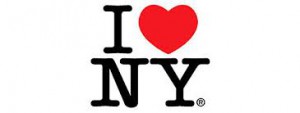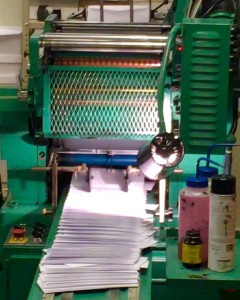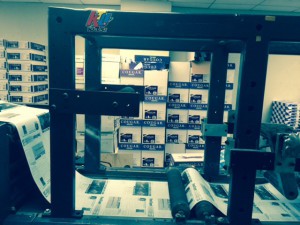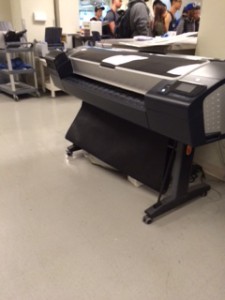Milton Glaser is one of the most famous graphic designers of all time. I found out about Milton Glaser in my first semester at City Tech. I also found out that he was the one who created the I Love New York logo. As an aspiring artist from New York City, Milton Glaser’s famous “I Love NY” logo inspired me to learn about him and his artwork. Milton Glaser is known all around the world and is considered one of the best Graphic Designers of all time.
Milton Glaser’s interest in design started at a very young age. He was born in New York City in 1929 and he went to the high school of Music and Art. Later, he went on to study at the Cooper Union School of Art and graduated from there. According to Milton Glaser’s website, Cooper Union is “one of the best schools in the world to study design.” After he graduated from Cooper Union, he earned a scholarship to study at the Academy of fine art in Bologna, Italy. Glaser’s compelling artistic skills exposed him to the world of design at a very young age.
Milton Glaser is considered the father of Graphic Design. His compelling artwork has been published in museums like the Museum of Modern Art and Centre Georges Pompidou in Paris. He is the first graphic designer to have one-man shows at both museums. Tourists from all around the world come to the MoMA to view his art. One of Milton Glaser’s famous art work is the famous I Love NY logo. Milton Glaser created the logo in the 1970’s and it is still used today. This symbol is seen everywhere in New York City because it is a famous design. Milton Glaser’s greatest accomplishments are the reasons why he is considered as the father of graphic design.
Milton Glaser started his own company in 1974 and works in several fields of design. Milton Glaser named the company after himself and is still designing to this day. Some branches of design he works with are corporate identities, environmental and interior design, and packaging. Milton Glaser designs logos and brochures for corporate identities. Another subject his company works with is restaurant and supermarket interior design. The last field of design is packaging, which includes food and beverage design. To conclude, Milton Glaser’s company worked with famous clients like the Brooklyn Brewery, Target, and Citibank.
To conclude, Milton Glaser is a famed twentieth century graphic designer. He is an encouraging icon for graphic designers and his artwork has been seen all around the world. The graphic artist also created a global icon for New York City and is still working today. Milton Glaser has his own company and has worked with several clients in the past. Milton Glaser is one of the greatest graphic designers of all time.
Works Cited
“Milton Glaser History.” Milton Glaser History. n.p. n.d. Web. 5 May 2016.
<http://www.miltonglaser.com/milton/c:history/#11>
“Milton Glaser Biography, Designs and Facts” Famous Graphic Designers, n.p n.d. Web. 5 May
2016.
<http://www.famousgraphicdesigners.org/milton-glaser>







